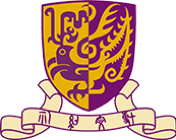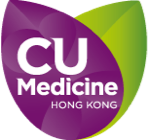Background
10-15% of the adult population is affected by gallstone diseases. Cholecystectomy is controversial and inflammation of gallbladder increase the risk of pancreatitis, cholecystitis or gallbladder cancer. Electro-acupuncture(EA) has been widely used for gallstone disease. The study aimed to compare the cost-effectiveness of EA in terms of clearance and safety.
Methods
133 subjects with symptomatic gallstone diseases of gallstones ≤8mm were randomly allocated in either EA group(n = 66) or control group(n=67). Treatment group received 20-sessions of EA while the control group remained for observation. The proportion of patients with total clearance of gallstone and Patients reported outcomes (PRO) before and after treatment were assessed. Ultra-sonographers who performed the ultrasound were blinded to the allocation of the subjects.
Results
The number and size of gallstones were statically comparable between groups of 133 subjects at baseline. 3(4.5%) subjects from EA group while 1(1.9%) subject from control group had total clearance of gallstones after the study. No significant difference on total clearance of gallstones was found between groups. PRO of EQ5D rose 0.01 in treatment group during the first 5-weeks while it dropped 0.04 in control group. At patient level, the incremental cost-effectiveness ratio(ICER) for EQ5D is $34,129 per patient to raise Quality-Adjusted Life Years(QALY). At clinic level, ICERs for EQ5D was $9,702 respectively for having EA of gallstaones diseases. The total cost for a patient treated in surgery in public hospital was HK$19,071 while HK$72,503-$148,282 in private hospitals.
Discussion and Conclusion
The use of EQ-5D showcased the decision making pathway for patients’ centred care. The use of EA for gallstone diseases were found to be safe. With small sample size, it was found that EA was not able to increase total gallstone clearance. Acupuncture of 20-sessions was more expensive than doing surgery at the public hospital which greatly subsided by the Hong Kong government. It was found that clinical trial supplementing with PRO could enable cost-effectiveness implication of decision making.





